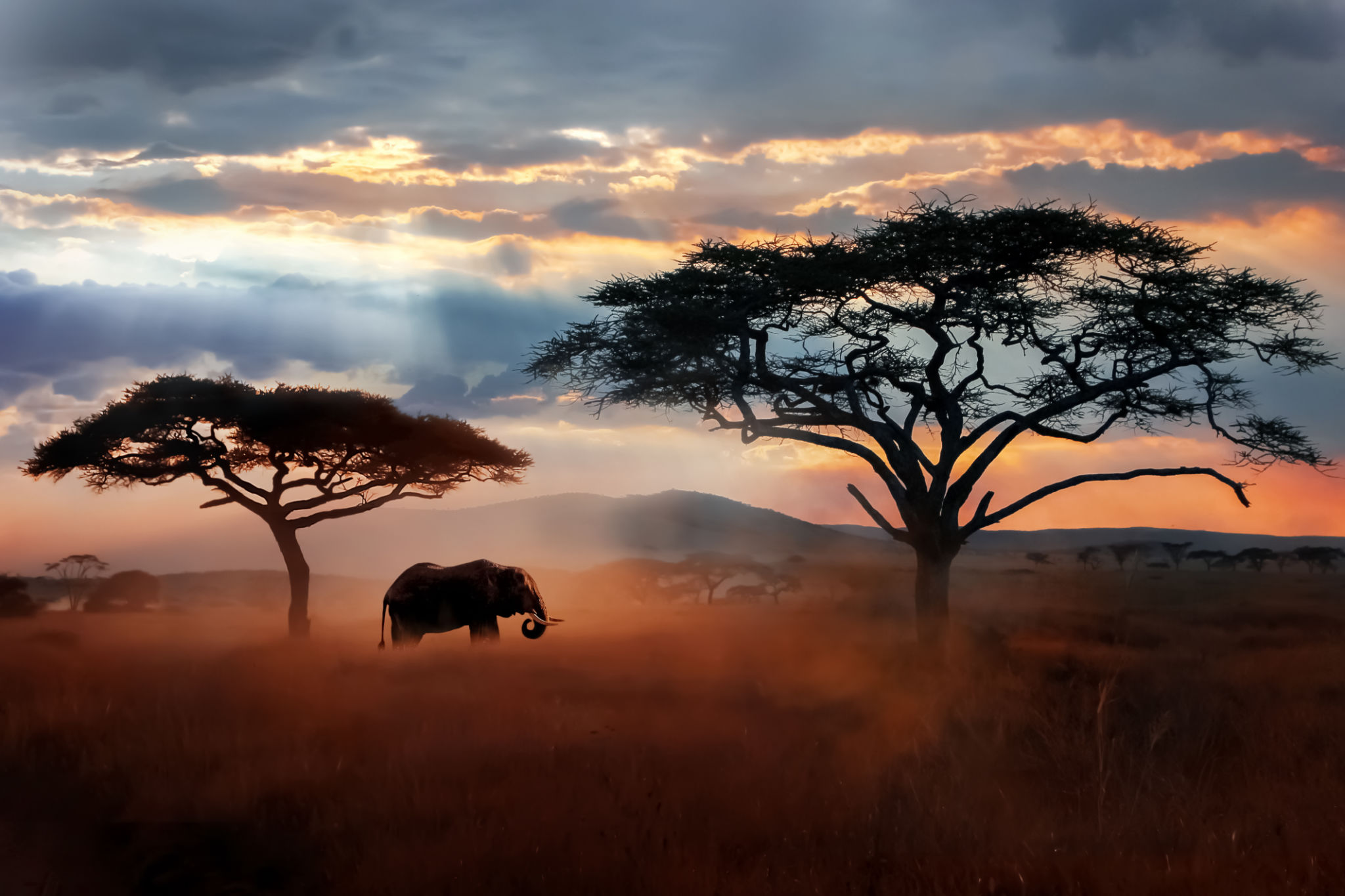Wildlife Conservation Efforts in Tanzania: What You Need to Know
Understanding the Importance of Wildlife Conservation in Tanzania
Tanzania is home to some of the most diverse and vibrant ecosystems on the planet. From the majestic Serengeti plains to the lush Selous Game Reserve, Tanzania's landscapes are teeming with wildlife. However, these natural wonders face numerous threats, making wildlife conservation efforts crucial to preserving this rich biodiversity.

The Role of National Parks and Reserves
National parks and reserves play a pivotal role in Tanzania's conservation strategy. The country boasts over 30% of its land as protected areas, including famous sites like the Serengeti National Park and Ngorongoro Conservation Area. These protected areas not only safeguard wildlife but also support local economies through ecotourism.
Effective management of these parks involves collaboration between government agencies, non-profit organizations, and local communities. This collaborative approach helps to ensure that conservation efforts are sustainable and beneficial to both wildlife and people.
Challenges Facing Wildlife Conservation
Despite significant efforts, wildlife conservation in Tanzania faces several challenges. Poaching remains a critical issue, with illegal hunting of elephants and rhinos posing a severe threat to their populations. Additionally, habitat loss due to agricultural expansion and infrastructure development further endangers wildlife.

Climate change is another growing concern, altering habitats and affecting the availability of resources for many species. Addressing these challenges requires innovative solutions and increased international cooperation.
Community Involvement in Conservation
Engaging local communities is essential for successful conservation efforts. Many initiatives focus on educating communities about the importance of wildlife and providing alternative livelihoods to reduce dependency on activities that harm the environment.
Projects such as community-based conservation areas empower locals to manage their natural resources sustainably. This approach not only aids in conservation but also improves the quality of life for community members.

Success Stories and Ongoing Efforts
Tanzania has witnessed several conservation success stories. The increase in elephant populations in certain areas and the resurgence of the black rhino in the Serengeti are testaments to effective conservation strategies. These successes are often the result of long-term commitments and partnerships.
Ongoing efforts include anti-poaching patrols, habitat restoration projects, and breeding programs for endangered species. By continuing to support these initiatives, we can hope for a future where Tanzania's wildlife thrives.
How You Can Contribute to Conservation Efforts
Individuals can play a role in supporting wildlife conservation in Tanzania. Visiting national parks as eco-conscious tourists helps generate revenue that funds conservation projects. Additionally, supporting organizations dedicated to conservation and spreading awareness about the importance of protecting these ecosystems are impactful actions anyone can take.
- Choose responsible travel operators when visiting Tanzania.
- Donate to reputable conservation organizations.
- Participate in or promote educational programs about wildlife conservation.
By coming together globally, we can ensure that Tanzania's incredible wildlife continues to flourish for generations to come.